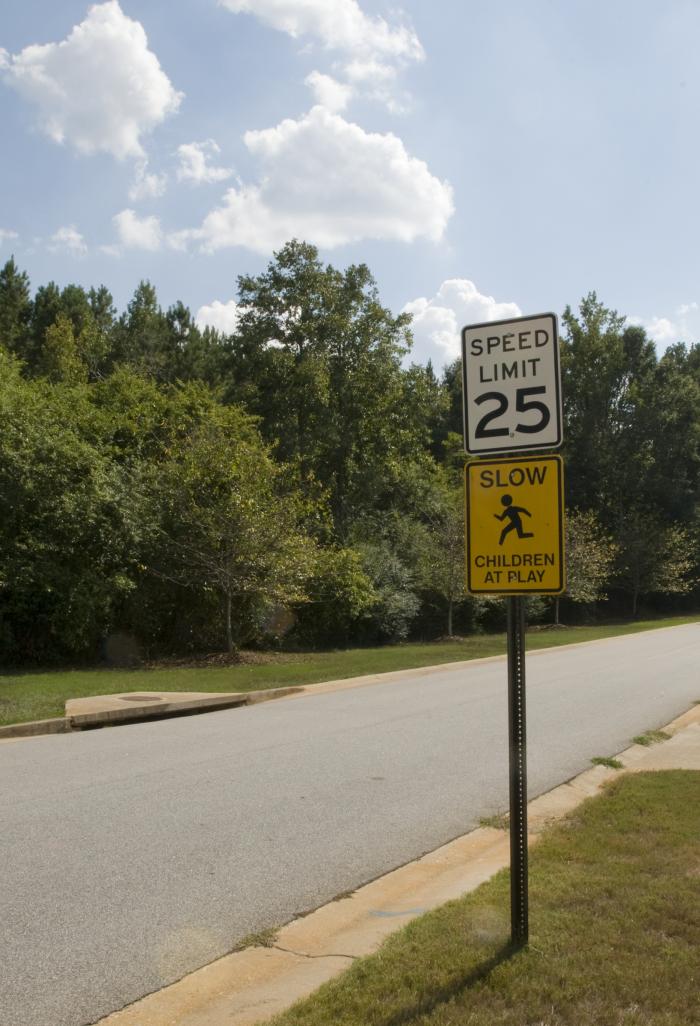By NCPPA
It’s a wonderful time to be in the business of promoting physical activity. There aren’t many issues in the public policy arena that enjoy such a broad consensus of support across political, social, and cultural lines. Everyone agrees that physical activity is good, regular physical activity is better, and a physically active lifestyle is best!
But it is a challenging time in Washington, DC and across the nation – with dwindling public health dollars, austere budgeting, “nanny state” push-back, and the need to accomplish more with fewer resources. That is why it is more important than ever that people, organizations, government agencies, industries, and others who are interested in promoting health and wellness must come together. We need to present consistent, unified messaging, coordinate our resources, and collaborate across various sectors to create healthier environments and policies that allow people to make healthy choices.
In our efforts to implement the National Physical Activity Plan, the National Coalition for Promoting Physical Activity has built a network of individuals working across eight different sectors – including education, public health, business/industry, health care, parks and recreation, and transportation – to implement the strategies and tactics laid out in this important road map. These strategies drive specific policies and programs aimed at getting people up on their feet and moving.
Business & Industry Sector
In the business and industry sector, we are working to identify, collect, and make available the best practices, models, and existing programs for physical activity in the workplace. The sector team has developed a CEO Pledge, urging corporate leaders to commit themselves and their companies to provide opportunities and access for their employees to be active before, during, and after the work day. These businesses will gain access to a valuable resource list to help shift their corporate cultures from sedentary to physically active work environments.

Education Sector
One of the education sector’s strategies is to promote policies to provide access and opportunities for physical activity in after-school programming. The sector team conducted a survey to compile information on standards and guidelines for afterschool activity. They gathered data from 500 programs in 10 regions, and also looked at school districts with diverse demographic profiles. In fact, this year marked the first development and adoption of National Standards on Nutrition and Physical Activity for Afterschool Programs.
Health Sector
The health sector is working to make physical activity a “vital sign” that all health care providers assess and discuss with patients. The team is working to establish physical inactivity as a treatable and preventable condition with profound health implications. They are also developing policies to include physical activity in the education and training of all health care professionals.
The Federal government by nature of its broad reach can lead the cultural shift. The same folks who put Rosie the Riveter to work in the factories now need to help Rosie get off the couch and make the move to a physically active lifestyle. Physical activity needs to be inserted into the health policies of the entire government.
To reach the ultimate goal of creating a society of physically active children and adults, we all need to use a common voice when bringing our ideas and energy to the effort. There’s something for everyone in the National Physical Activity Plan. What are you doing to help put the plan into action?